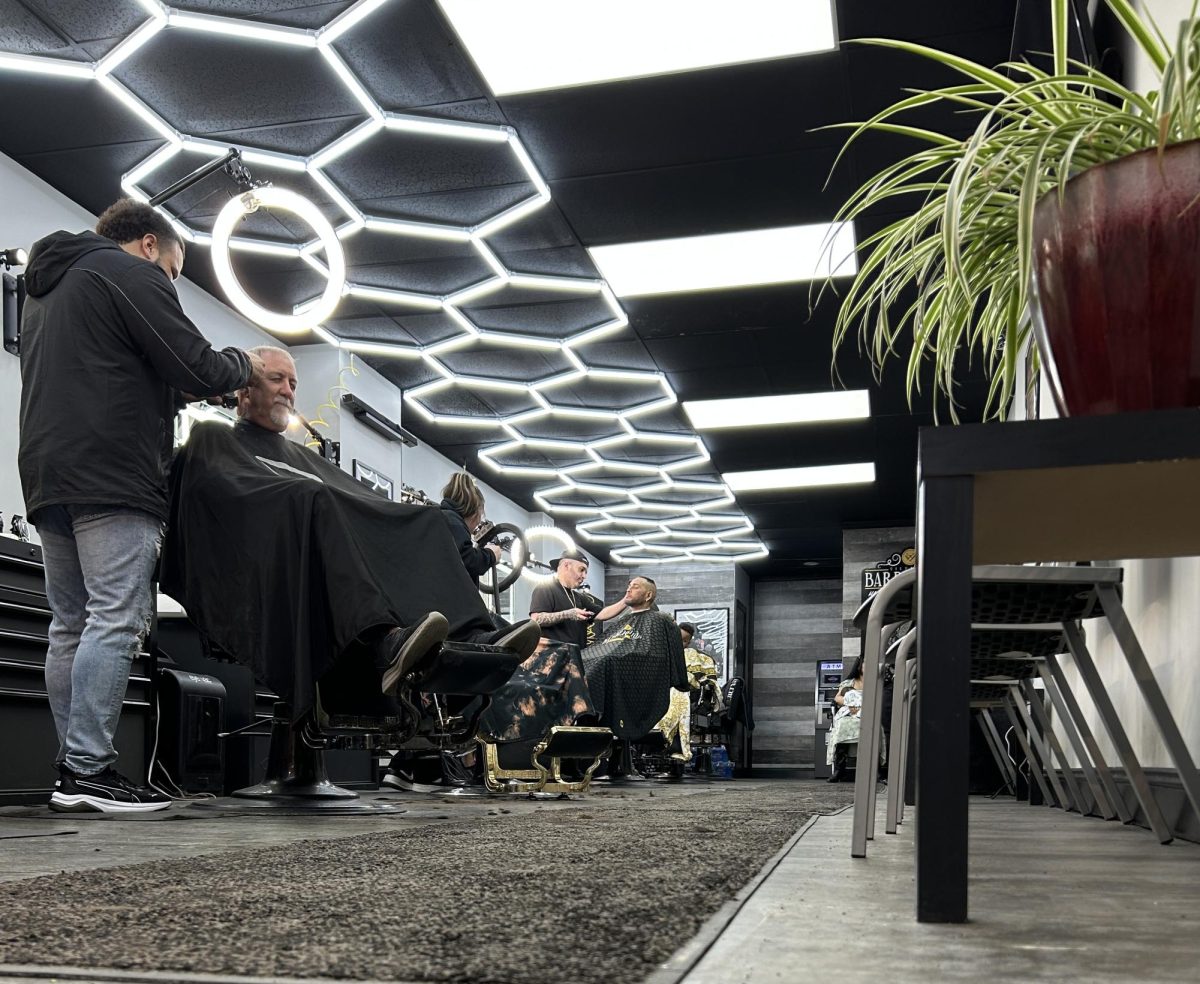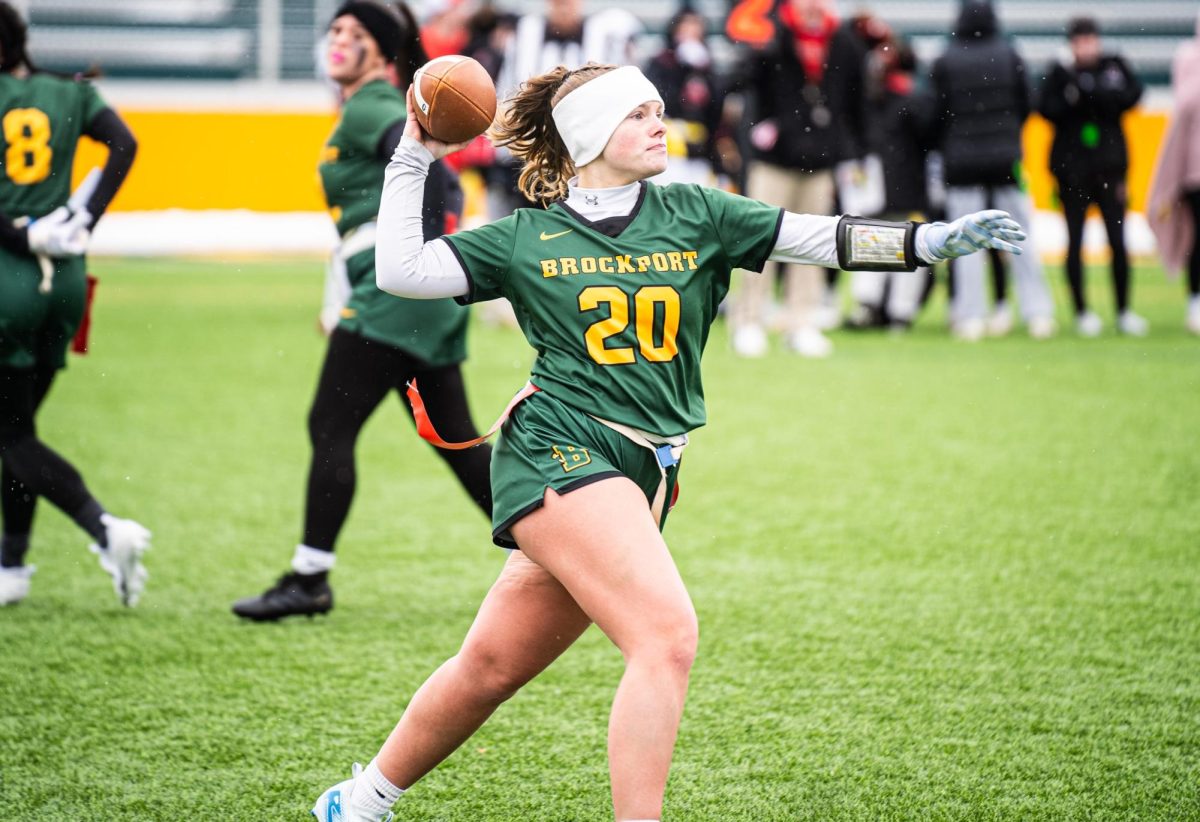By: Marcus Cottrell
If you walk across any college campus, you’ll most likely see students faces buried into their phones. To some this may seem like a social norm, but to psychiatrists, it’s an addiction that’s taking its toll on society.
With many of the social media applications created for young adults, college campuses have become a real-life example of how young adults can be perceived as being addicted to social.

Dr. David N. Greenfield, PhD, MS, who wrote the book Overcoming Internet Addiction, believes that college students are some of the most people addicted to the Internet and social media. Greenfield who is the founder and clinical director of The Center for Internet and Technology Addiction uses his studies and clinical work in neurobiology and psychopharmacology of compulsive Internet and technology use to plan and create treatments for people who show signs of Internet and social media addiction.
SUNY Brockport senior Mya Santiago has over five social media applications. “I would say it’s probably the first thing I do when I open my eyes. My alarm is on my phone so when I have to turn it off it’s real easy to just start scrolling.” According to Dr. Greenfield’s studies, this is a minor indication of internet and social media addiction. Greenfield wrote that if someone’s first thought is to get on the internet or on a social media website, then it is a minor sign of addiction. “I wouldn’t say I’m addicted, can I sit and scroll on an app for an hour, sure, but I can put my phone down when I really need to.”
In one of Greenfields most recent studies he found that young adults in college are most at risk of becoming addicted to the Internet and social media. Not just because of their age but because many are away at college, away from family and friends, so in order to feel like home they indulge in the Internet and especially in social media of friends and family back home or topics that make them feel at home.

SUNY Brockport student Matthew Bloss has used social media for over six years.
“I use social media to just keep up in what’s going on in my friends and families lives. I’m not huge on just staying on my phone for an hour just looking through different posts.”
At SUNY Brockport, social media is widely used as a resource to students to get urgent and new information. Walking through the campus you’ll see signs in door windows for the colleges social media accounts which often feature first person views of on campus events.
In Greenfield’s case study of social media use by college students, Greenfield acquired that many students will not admit to having an addiction to social media. Not because of the denial but because the day and age they have grown up in. Many students feel that social media is a normal part of their life, which may be so but there is a limit to when an addiction becomes real.
Social media has its fair share of negative aspects, however there also are positives that can come from it. Delivering and informing news can be easily done through social media.
“I get so much of my news from social media apps. I never turn to the news or go to the news website, there’s so many news outlets on social media where they keep you up to date on pretty much everything,” said Santiago.
Social media for many years has carried a negative connotation to its name, now with the many new resources it has, social media continues to grow in use.
If you or anyone you know is showing signs of internet addiction, click here for resources.



















